|
Life takes you in strange directions, it has taken me from London and by way of pandemic lockdown to living in Henley. Maybe one day I will tell you why. I like life drawing. I used to go regularly to Candid Arts in Islington. During the lockdown I did try a zoom life drawing class, but I found it weird and sordid. When the first thing you see when you log on, is a naked women, boobs flapping, adjusting the camera it makes you feel like you are doing something quite different. So I was very pleased when Henley School of Art recently re-opened its studio to in person classes and I was able to sign up for a 10 weeks course. Two hours every week. Its great. The tutor is the wonderfully gregarious Jo Harris who as well as running the school for art is an accomplished illustrator. She is engaging and enthusiastic as well as knowledgeable. She had a very interesting approach. To get us out of the zone of trying to produce a good drawing and instead focus on just the act of drawing and trying out the technique, we had to rip up all of our drawings after we had finished them. This was very interesting. I can really see the psychological benefits of this. It frees you. You can, to a certain extent, let yourself go and try new things if you know it is not going to survive the process. The end of week one involved covering paper with a layer of charcoal and then using a putty rubber to generate highlights, create a sketch of the model. This was quite a challenge and involved thinking to a similar way of drawing in areas of tone (as taught to me at the Brambles Art Retreat). I was quite pleased with the results (above). Week two, was pencil week. Using pencils we were encouraged to draw fast loose lines. The idea is that thick lines form too much of an impression on the mind. You don’t want to rub them up. Whereas light lines allow you to see the errors and correct them much more. You draw more and more lines as you correct and correct the shape until it is right. We also tried the classic draw with your non-dominant hand technique. Actually looking, see the shapes and form that were actually there, rather than the ones you think are there. Week three was learning to embrace chaos. Exercises such as drawing without being able to look at the page, short poses were all designed to breakdown the barrier that is your mind telling you what should be there rather than what is there. My problem it turns out is applying two dark at line at too early a stage. You then become invested in that line and cannot see past it to see that it is wrong. A psychological resistance builds up to changing it. Jo gently persuaded me to get rid of those lines and look again. The mantra as always was paint what you see, not what your brain tells you is there. This is particularly difficult with issues like foreshortening, and odd angles. In the picture from week then I started off with far to tall a torso and had to reduce this but the main issue was the angle and position of the legs, which came towards me and slope away again. So the final drawing in this of those elements is Jo’s. We have now just finished week four. Eyes, face and facial features were the subject of today. There was no model. We used each other as the model for the first exercise. It is a very intense but oddly emotionally satisfying experience to have someone look at you really intensely and try to draw you. I suppose it is because they are really look at you but with no judgement. I can see why people like being models. After that using mirrors we used ourselves as the model. Started off with eyes. The key is here that eyes are three dimensional, not as big as you think, and also shiny. Capturing all of these elements is quite tricky. A nice tip Jo gave for the eyes, is rather than drawing the Iris, draw the negative shape of the whites of the eye as this will give you a more accurate shape. This really works. We were also encouraged when drawing the rest of the face, particularly the nose and mouth, not to draw outlines. Instead to use crosshatch shading to suggest the shape. It is more difficult but once you get the hang of it much more convincing and satisfying. We concluded with a full face self portrait. I left the glasses off mine but for 30 minutes its pretty good (you always look grumpy in a self portrait as you are concentrating so hard on the drawing). Having finished week 4 I am very much looking forward to the remaining 6 weeks.
One of the things it has made me think about is making progress in any discipline. You reach a level at which you are quite good. You can produce or perform something in a why in which you are comfortable and to a pleasing standard. But if you want to progress you have to, to a certain extent, abandon what you are used to, are comfortable with and embrace a new technique. This can be difficult because initially, and indeed sometimes for quite a long time, the standard of what you produce can seem to dip. This can be discouraging and for me has been in the past and I have simply retreated to what I am comfortable with. If you did in though and press on you can achieve something more.
0 Comments
Until 24th October the British Museum are hosting an excellent exhibition on Nero. I went along recently. It was very busy, like pre covid busy, which was quite nice to see. Although I must say I had enjoyed and been quite spoiled by the covid exhibition experience, where there almost no one there and you get to look at things, unobscured and unruffled by other people. So tip for busy exhibitions. Everyone goes in at roughly the same time, what with timed tickets and all and people bunch up in the first few rooms. Skip them. Start room 3 or 4, work your way to the end then go back. By this time everyone will have shuffled on and you can peruse things to your hearts content. This is what I did. I am interested in history. Very interested in fact but my the main way I related to this exhibition was artistically. And it is the ephemera that I found the most fascinating like this collection of bracelets, earrings and coins (above). It is interesting how similar the designs in the jewellery from the ancient world are to the modern. There is no photo of it here but the exhibit I found most fascinating where these two large lead ingots. They were like massive metal Toblerone’s, stamped with roman sigils and text. One was mined in Cornwall and one in Wales. Somehow they were fascinating. When you think ancient Rome, you think coins. And of course you have lots of coins. Nero came to power at the ridiculously young age of 16. He effectively shared power with his mother and she appears on several of the coins with him (like in the above). I found this fascinating and she is virtually the only female to appear on such coinage from the Roman period. Nero eventually tired of sharing power with his mother and had her killed (as he did to his mentor Seneca) The main thesis of the exhibition is was Nero as bad as he is popular reputed to be. One of the issues explored is Nero's popular appeal and how there were idols to him around the empire. Much is made of Nero appearing on stage, his building of a massive personal palace and of course the fire of Rome, which burnt down a large portion of the city. A fine object on display was this twisted and distorted iron grill, buckled by the heat of the fire. The popular myth is that Nero fiddled while Rome burnt but some sources indicate that he arranged efforts to try and put out the fire and housed people in his palaces. The idea they posit is that Nero was unpopular with the Roman elite and the Senate in particular. Certainly Nero used the Pretorian guard to safe guard his position of power. They do appear surprisingly camp (above). Nero lost his grip on power and eventually committed suicide, about the age of 30. After a violent interregnum he was eventually replaced by the pugnacious Vespasian. A concerted effort was made to erase the image of Nero and many were repurposed into statues of Vespasian like to the one above, which is also one of my favourite objects from the show. It was an excellent show.
|
Archives
June 2024
Categories |
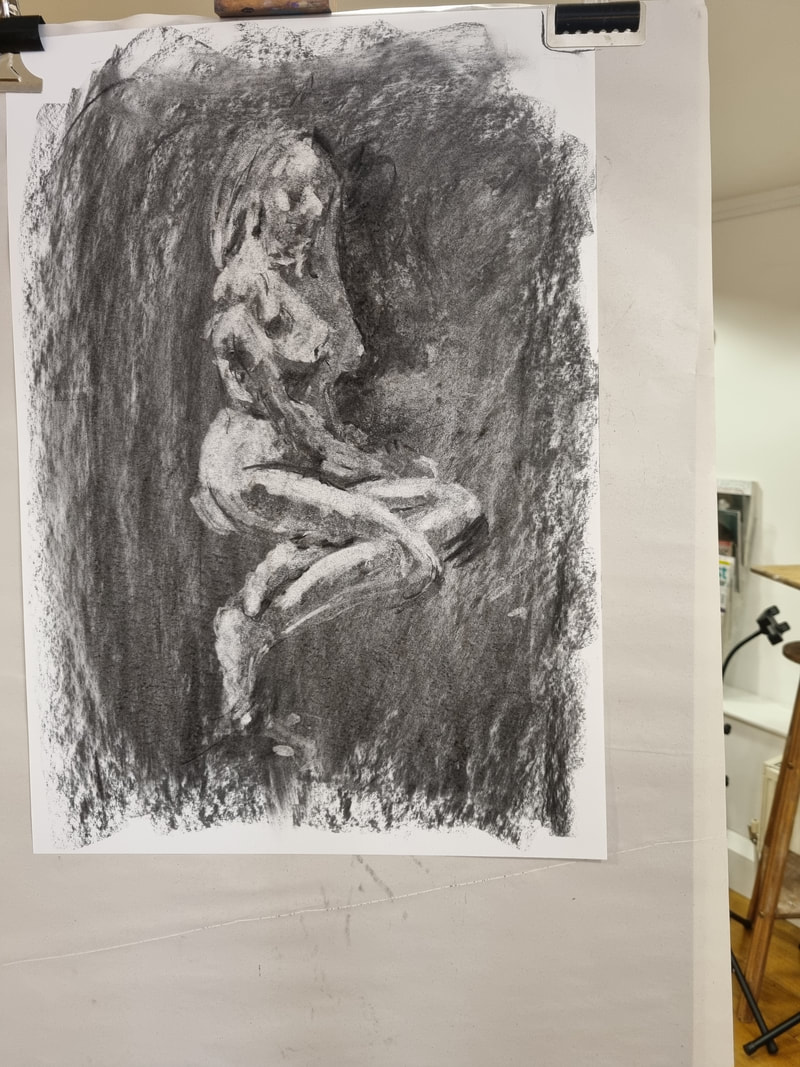
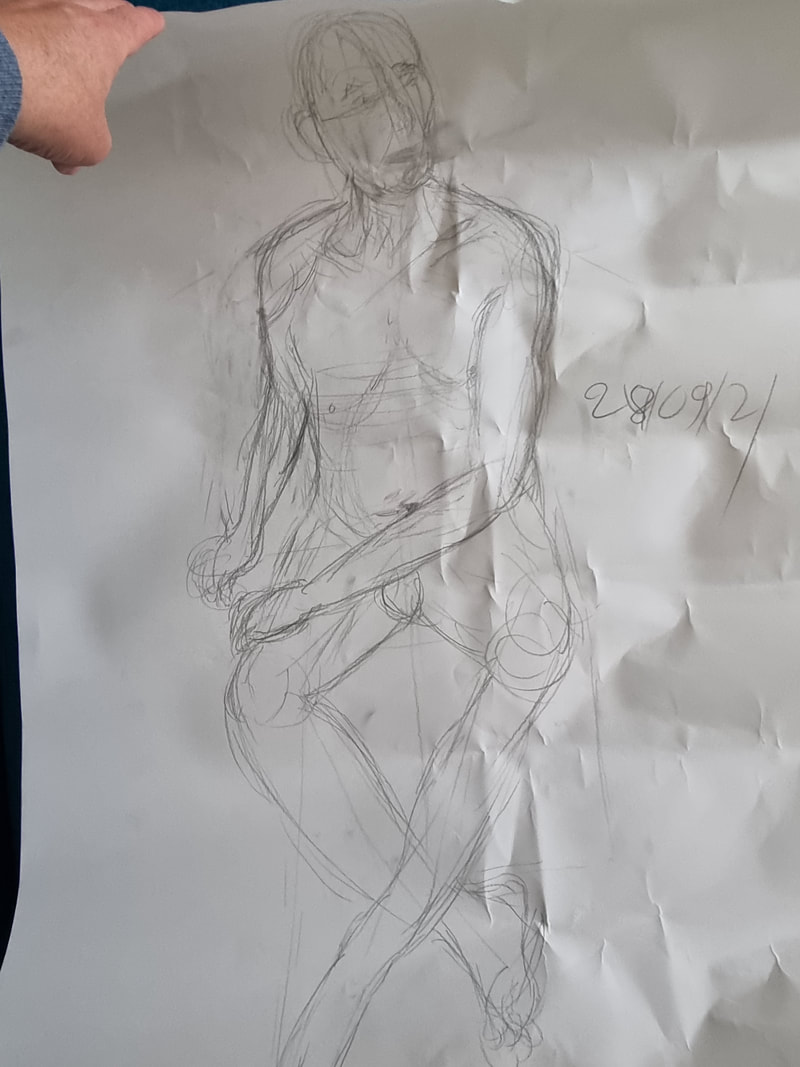
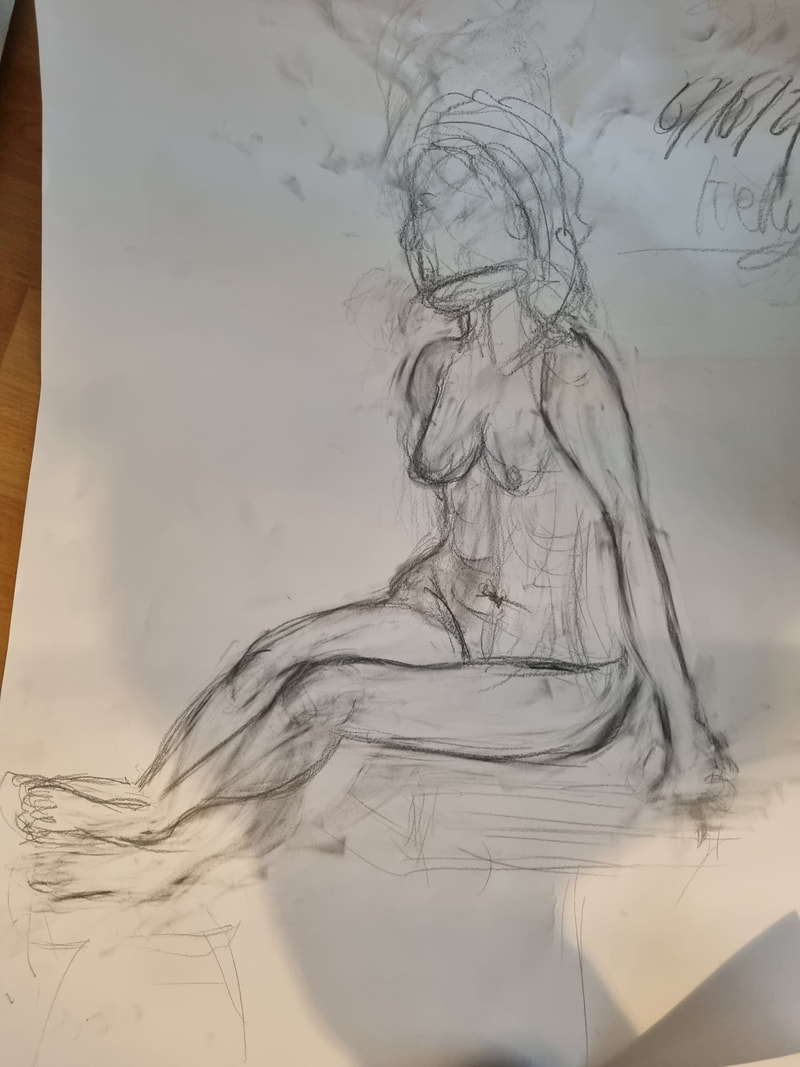
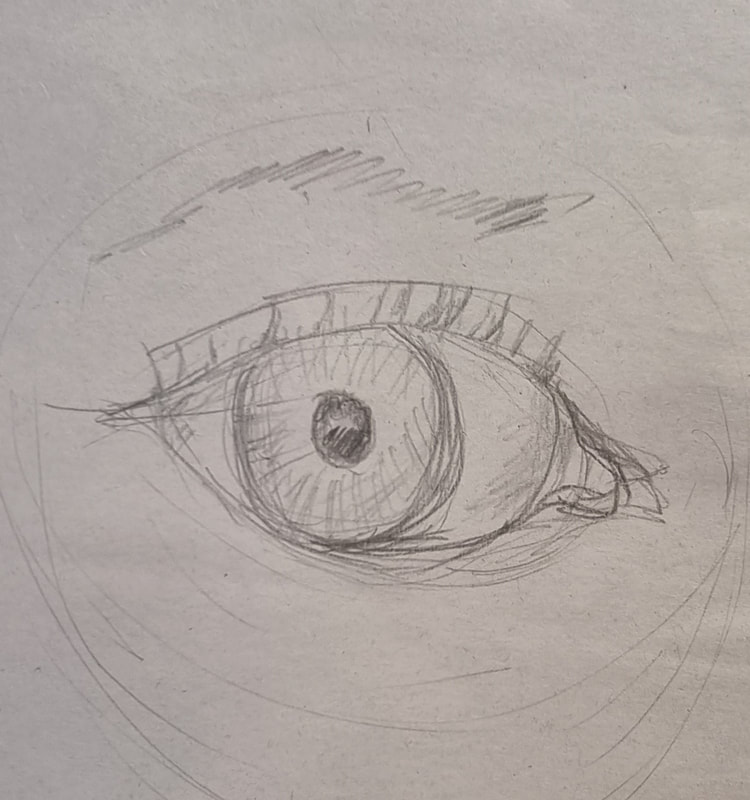
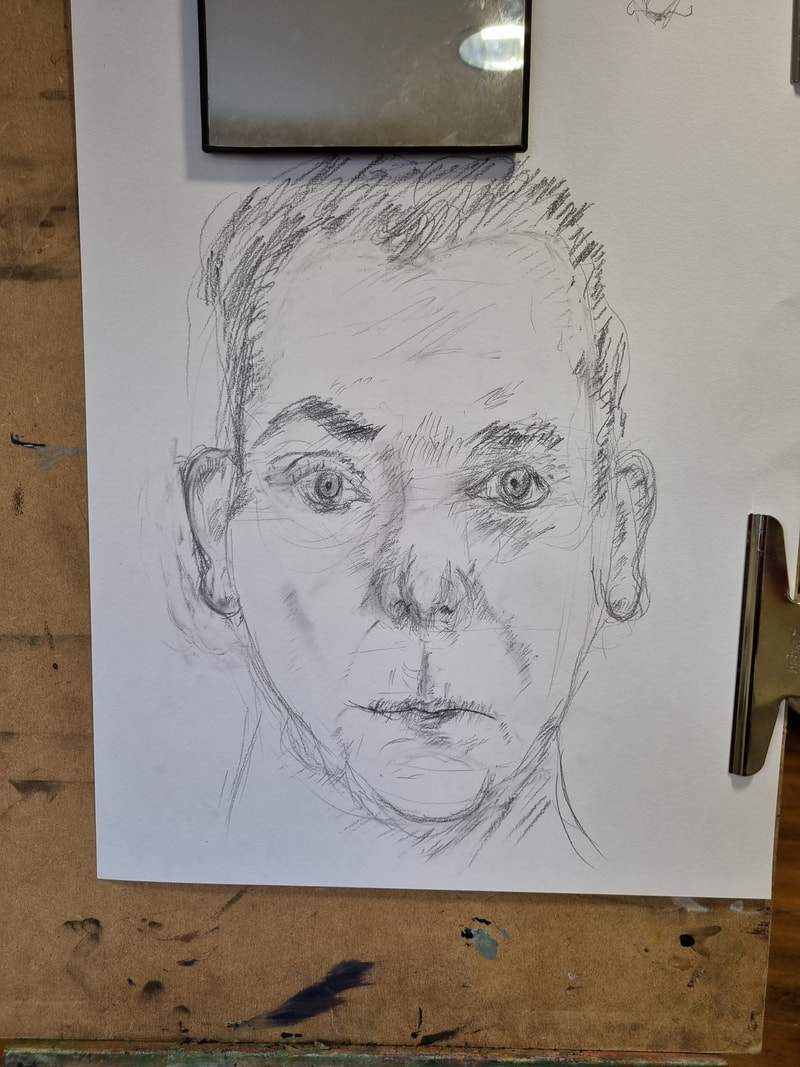
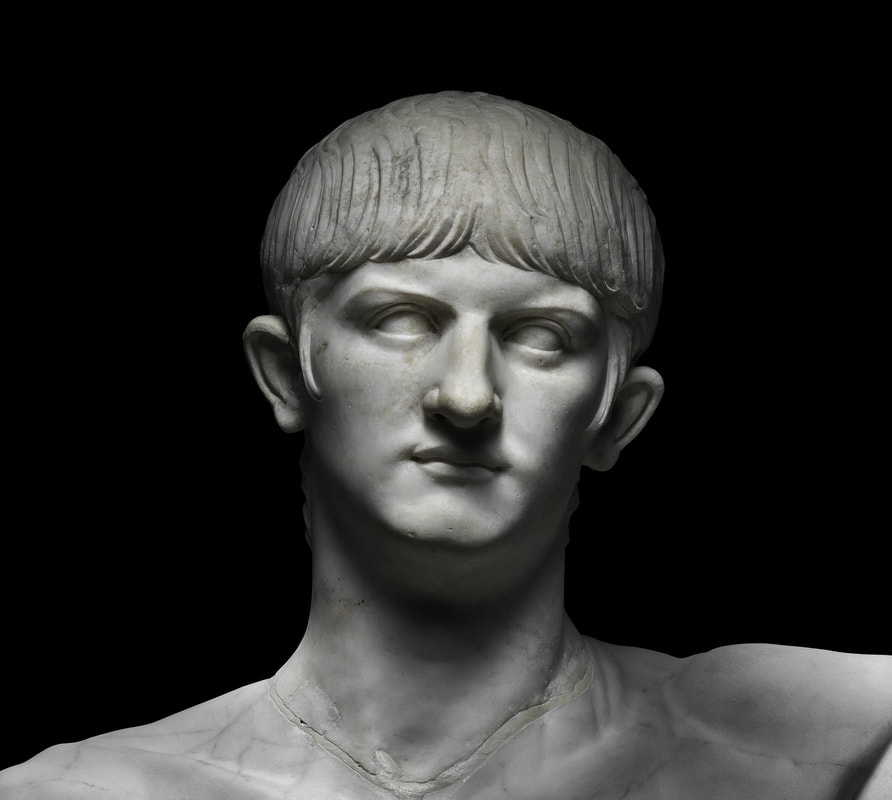
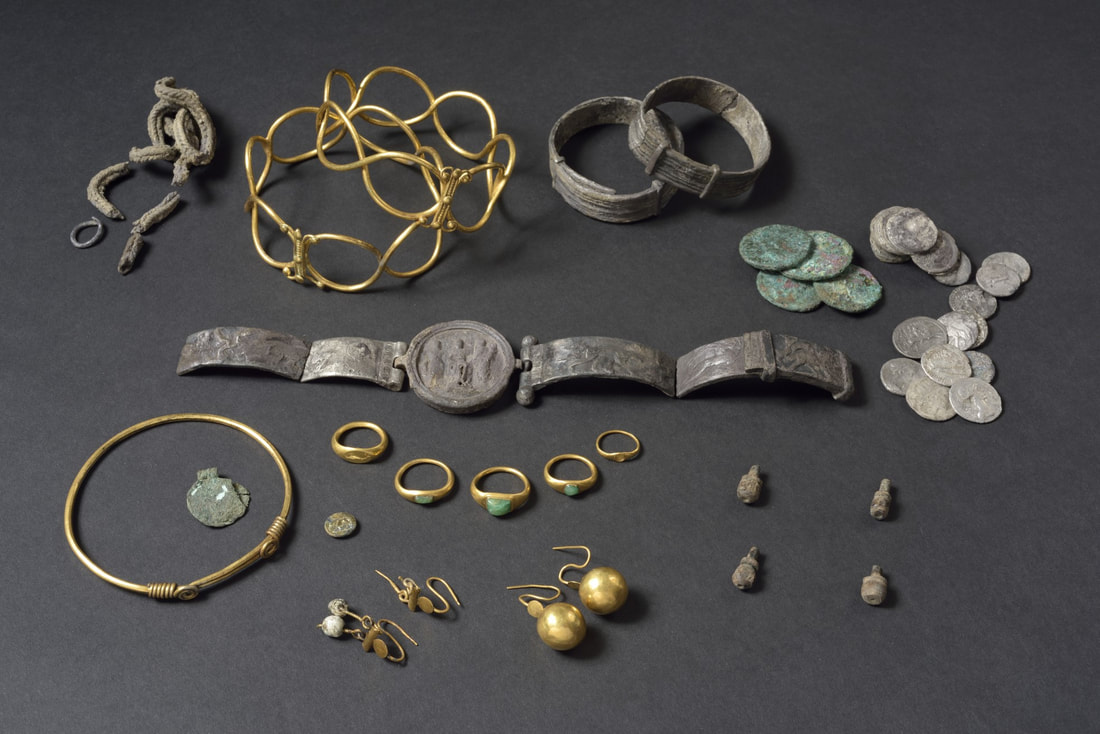
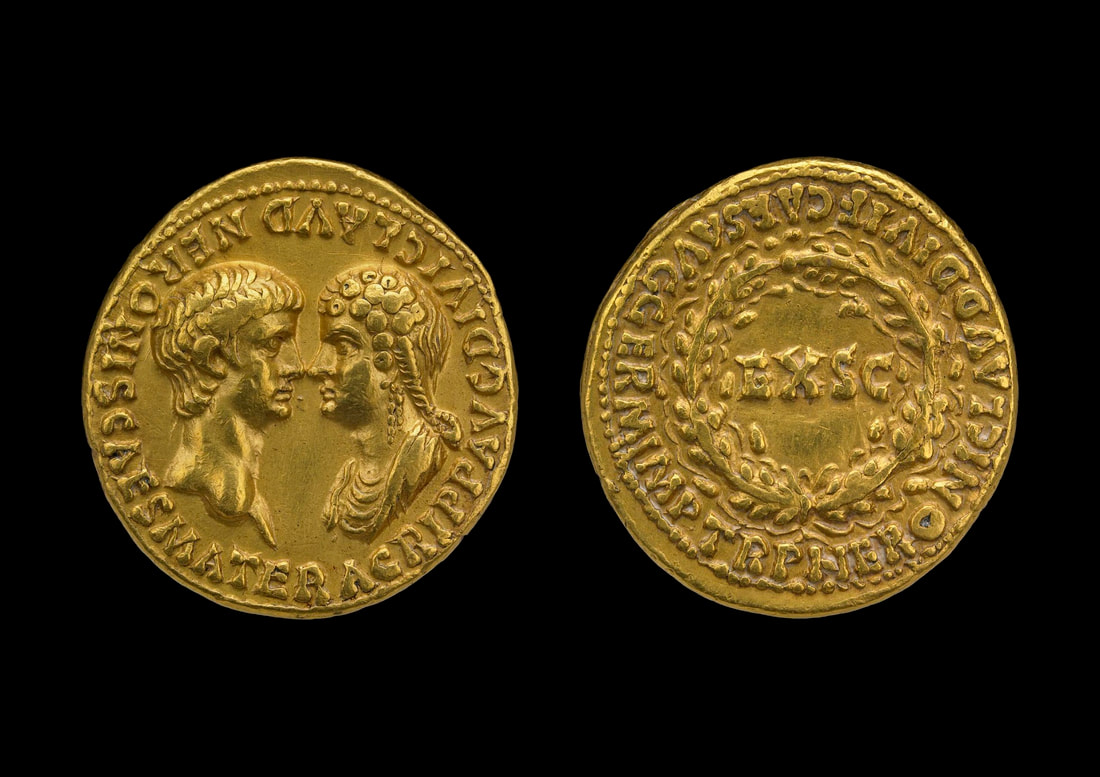
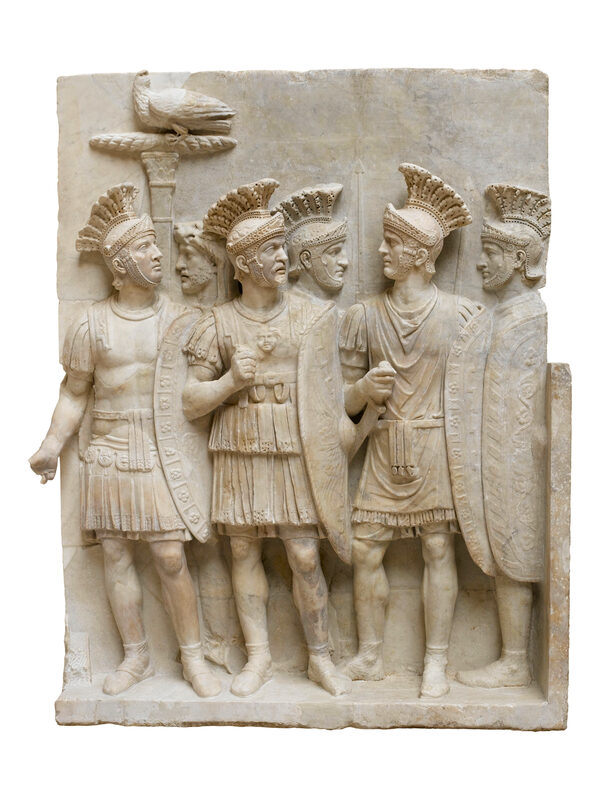
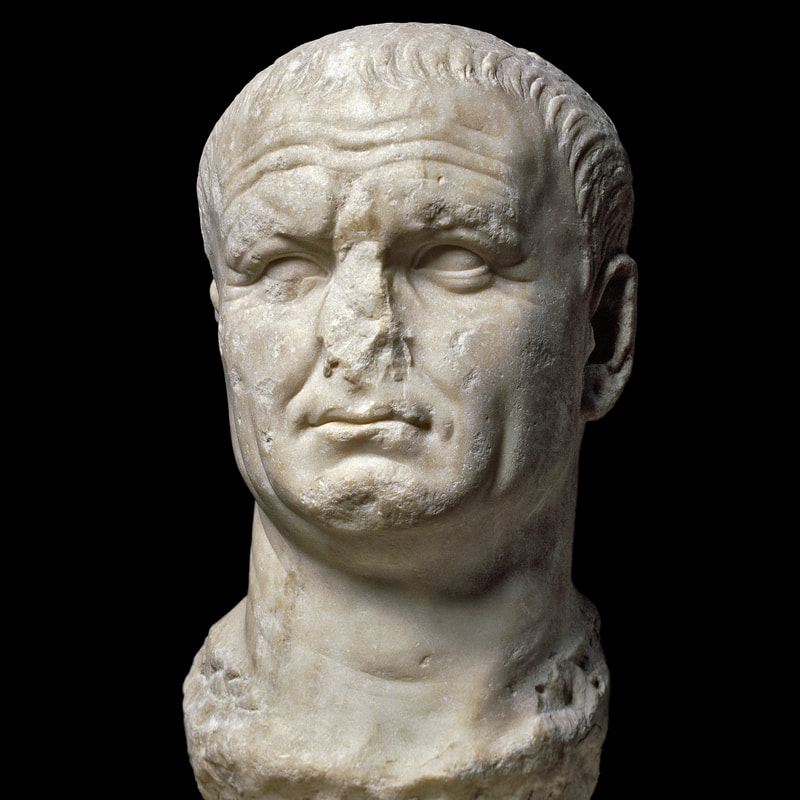
 RSS Feed
RSS Feed